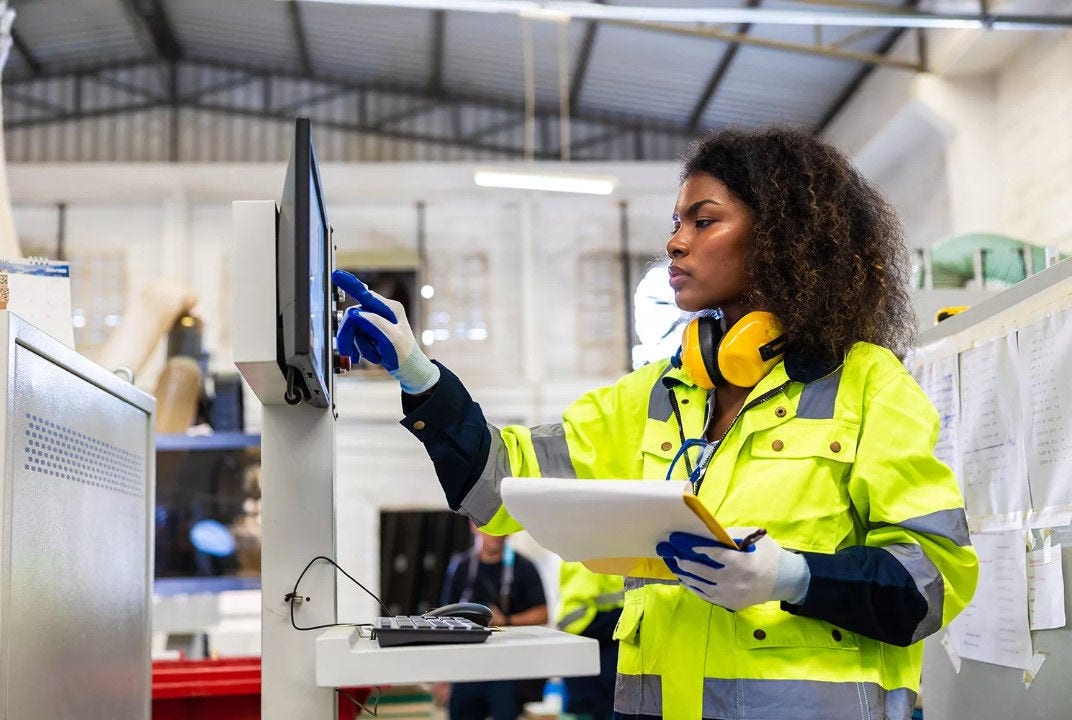Carbon and construction share a complex relationship. As the race to develop purpose-led and futuristic built environments intensifies, addressing the issue of embodied carbon will be pivotal in the global fight against climate change.
At present, embodied carbon emissions produced by the global construction industry surpasses the transportation sector. With annual spending in the construction sector expected to reach more than USD30 trillion over the next three decades, the issue of embodied carbon is expected to worsen. Unlike operational carbon which can be mitigated through solutions like energy efficiency measures, government policies and carbon offset strategies, embodied carbon remains throughout a structure's asset life and is largely irreversible.
Instead of viewing sustainability as an afterthought, project developers and asset owners need to factor in embodied carbon emissions into their final design evaluations and procurement decisions. Harnessing the power of tech through digital solutions like Building Information Modeling (BIM), digital twin, and Common Data Environment (CDE) can help to accelerate and scale the reduction of emissions efficiently.
In this report, we take a closer look at the impact of emobodied carbon on global warming and highlight key strategies that developers can adopt to help reduce emissions for a greener, more sustainable built enviroment sector.








